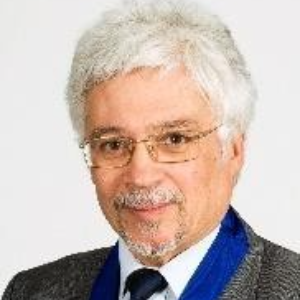Hip and Knee
The knee is the body's largest joint and one of the most vulnerable to injury. Bones, cartilage, ligaments, and tendons are the four primary structures. Bones. The thighbone (femur) and the shinbone connect to form the knee joint (tibia). The greater trochanter of the femur, or "thigh bone," is placed lateral and anterior to the gluteal region, inferior to the iliac crest, and overlaying the hip region. Three of the pelvic bones have merged into the hip bone, or acetabulum, which is part of the hip region in adults.
The hip joint is a ball and socket joint that connects the femur head to the acetabulum of the pelvis. The hip joint connects the axial skeleton to the lower extremities. The hip joint has three principal axes of movement, all of which are perpendicular to one another. In extension, the hip joint capsule is tight, while in flexion, it is more relaxed. The knee joint is one of the body's largest and most complicated joints. It is made up of four bones and a complex network of ligaments and muscles.
- Hip and Knee Joint Replacement Surgery
- Diagnosis and Treatment
- Hip and Knee Osteoarthritis

Stephen S Tower
University of Alaska Anchorage, United States
Marcos Brioschi
American Academy of Thermology, United States
Wagih El Masri
Keele University, United Kingdom
Arif Akkok
Lake Erie College of Osteopathic Medicine, United States
Akash Ganguly
Warrington and Halton Hospitals NHS FT, United Kingdom
Sajid Ali
The Dudley Group NHS Foundation Trust, United Kingdom




Title : The UK profemur recall and implant cobaltism
Stephen S Tower, University of Alaska Anchorage, United States
Title : The tomographic phenotype and the genotype of wormain bones
Ali Al Kaissi, National Ilizarov Medical Research Center for Traumatology and Orthopaedics, Russian Federation
Title : New treatment of muscle contracture and joint contracture through muscle regeneration with mitochondrial dynamics
Ki Ji Lee, Busan Medical University, Korea, Republic of
Title : New treatment of sarcopenia through muscle regeneration with mitochondrial dynamics
Ki Ji Lee, Busan Medical University, Korea, Republic of
Title : The prevalence and association of self-reported depression symptoms with musculoskeletal pain and quality of life among pregnant women
Youssef Masharawi, Tel Aviv University, Israel
Title : Bipolar hemiarthroplasty under local anesthesia (2%)
Ketan Karabhai Parmar, Aayush Multispecialty Hospital, India